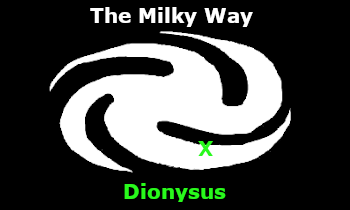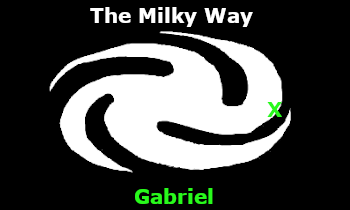History
When human explorers from Cosmid first reached Ovid in GSC 443, it was a barren rock, devoid of life with a thin atmosphere of methane and nitrogen deep in the Tartarus Sector. Cosmid managers decided that it would be an ideal place to test out new terraforming techniques, and perform experiments far away from the human core-worlds. Terraforming started almost immediately, and Cosmid settled a corporate colony there in GSC 480. Ovid was named for the Roman poet who authored the Metamorphoses, in anticipation of the radical changes that could be brought to the planet.
Being in such a remote corner of the galaxy caused Ovid to develop an insular culture, connected only to Cosmid, inc.
One of the largest experiments that dominated the colony was a study on the effects of gene-therapies and modifications on society. All manner of experiments were conducted, creating one of the more diverse populations of any planet in the galaxy. Since many of the experiments failed in one way or another, Cosmid also set up a fairly robust safety net for those unable to contribute to the bottom line (as it was cheaper than dealing with a rebelling population of high-powered mutants).
In GSC 1016, Cosmid (now a part of the Holy Empire of Man) officially abandoned its research colony on Ovid, so it could focus its resources on fighting the Great Reckoning. As a result, the colonists and test subjects abandoned on Ovid were left to find their own way. In GSC 1070, Ovid would become one of the first planets to join the Galactic Republic, after refugees from the Planetary League flooded the sector. The garden-world would be the breadbasket of the fledgling Galactic Republic.
Ovid, circa GSC 1070
Environment
As Ovid was terraformed, the land on the planet settled into four main continents. The eastern-most continent (known as Cronenberg) was the location of the capitol city (Biopolis).
All the life on Ovid was imported by Cosmid, or developed locally through that company's R+D efforts. Ovid was the first "Garden World", specially engineered to have a mild climate with a mix of ornamental and edible life without any apex predators.
Ovid orbited a stable orange dwarf star that rarely had significant solar-flare activity.
Ovid had three main moons, and several orbiting stations that were initially built to aid in terraforming.
Notable Ovidians
Sarnak the Immortal was accidentally created on Ovid.












